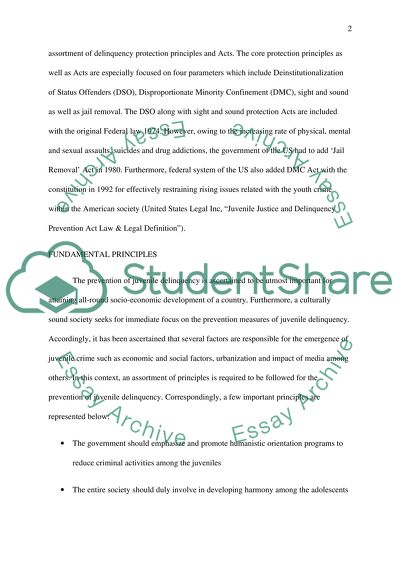Cite this document
(“Juvenile Delinquency Prevention and Treatment Assignment”, n.d.)
Retrieved from https://studentshare.org/law/1481457-juvenile-delinquency-prevention-and-treatment
Retrieved from https://studentshare.org/law/1481457-juvenile-delinquency-prevention-and-treatment
(Juvenile Delinquency Prevention and Treatment Assignment)
https://studentshare.org/law/1481457-juvenile-delinquency-prevention-and-treatment.
https://studentshare.org/law/1481457-juvenile-delinquency-prevention-and-treatment.
“Juvenile Delinquency Prevention and Treatment Assignment”, n.d. https://studentshare.org/law/1481457-juvenile-delinquency-prevention-and-treatment.


